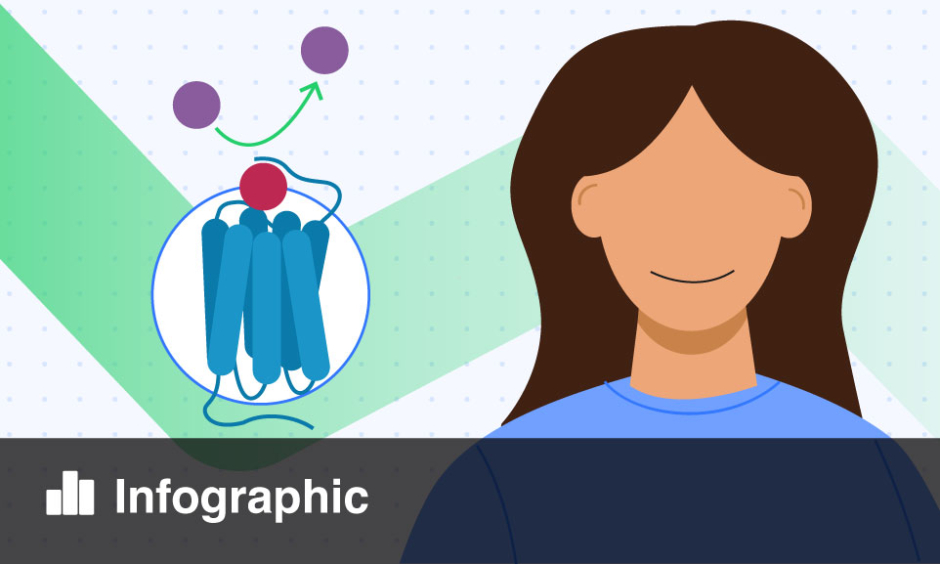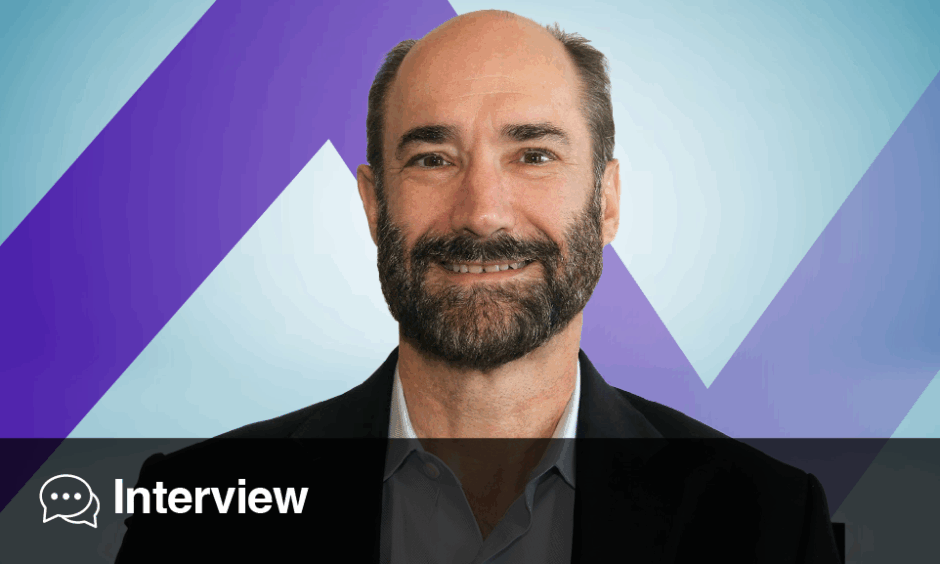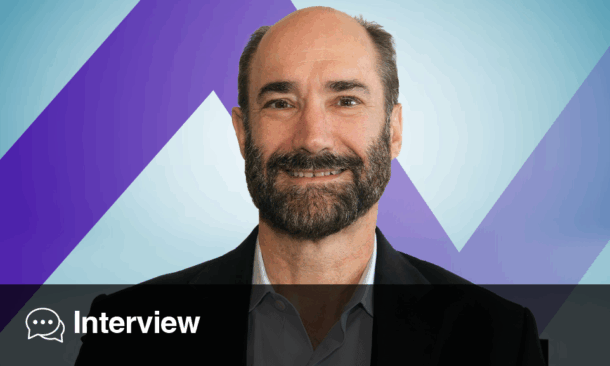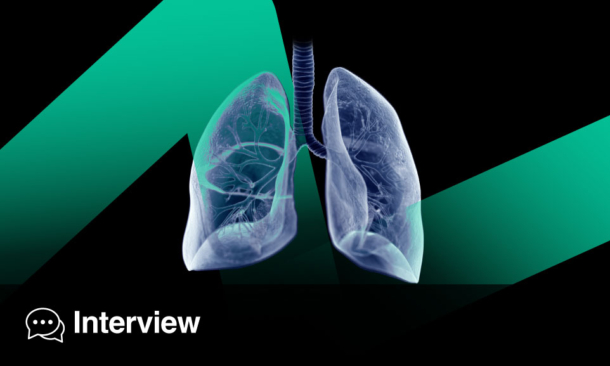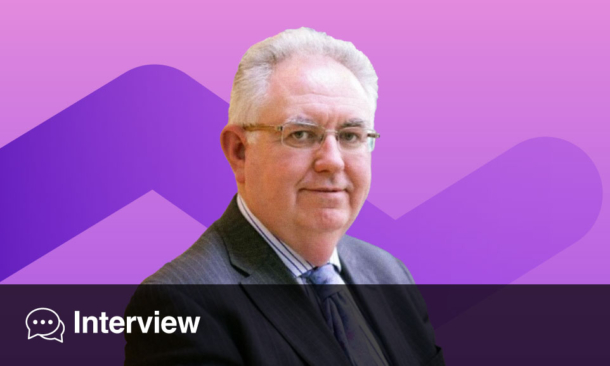Mariah Stump | Brown Physicians, Brown Medicine; Diplomate, American Board of Lifestyle Medicine, American Board of Integrative Health; Medical Acupuncturist; Assistant Professor of Medicine, Clinician Educator, Warren Alpert Medical School, Brown University, Providence, Rhode Island, USA
Citation | EMJ. 2025;10[2]:59-63. https://doi.org/10.33590/emj/OQZH2371.
![]()
What initially drew you to preventative health, and was there a particular moment or experience that sparked your passion for this approach to medicine?
Both my parents were in the preventive health field; both were integrated providers, chiropractors, and acupuncturists. My dad has a degree in sports medicine as well, so I grew up with that frame of mind, thinking of prevention, prevention, prevention. This included a lot of healthy, whole food diets, plenty of exercise, and good social connections. I witnessed all those lifestyle medicine pillars from an early age. When I was thinking about the context for providing care to patients in a clinical setting, I drew on that early experience and knew that I wanted something in my work to be prevention-focused.
In what ways do you integrate lifestyle medicine into your everyday practice to help patients prevent chronic illness before it begins?
I work in a busy primary care practice, and here in the USA, our model should really be restructured. It is a little challenging to incorporate lifestyle medicine in everyday primary care due to time constraints. I focus on women’s health, though I treat both men and women, and in our preventative visits, even in follow-ups, I really try to get to the root of the problem with lifestyle measures first. Everyone knows to expect that from me. When I meet them, we talk, and if, for example, they have high blood sugar and they are taking diabetes medication, I tell them that this is a reversible condition and we talk about goals and strategies regarding that. No matter what their condition is, we get back to the roots of the pillars, and I find that I actually save time in doing that. I think clinicians expect that it is going to take too much time to counsel patients on sleep, what they are eating, and how much they are moving. However, if you lay that foundation when talking to patients during their annual or preventative visits, I think they really appreciate it, and it saves you time later. You get to know their health goals and what brings them joy in their lives. What do they like doing? What are their hobbies? It creates a holistic picture of them.
Do you find that patients are quite receptive to integrating those practices into their lives?
I do. If there’s one word to summarise taking care of patients in a more lifestyle-focused way, it is connection and really figuring out what brings meaning to their life. When you talk about trying to prevent chronic disease, it is about making sure they can do gardening, making sure they can hike that trail they like, or go to their grandson’s game. It is about making sure that they can continue to do the things that bring meaning and quality to their life .
How do modalities like yoga, acupuncture, and mindfulness enhance traditional approaches to preventative care?
All of these are ancient healing tools that we have had for thousands of years. In our Western-centric society, in the USA, we often think that they are not evidence-based enough, or that the trials are not randomised, so they are not scientific enough, and we are hesitant to recommend them. I think that this view is definitely changing: we have an excellent National Center for Complementary and Integrative Health at the National Institutes of Health (NIH), and various other institutes conducting research into these integrative modalities.
These modalities have been around for centuries. Acupuncture has been around for about 5,000 years, originating in China, but through the centuries it has become more and more well-defined. Now we have about 360–380 acupuncture points, depending on which text you are referring to, and you insert really small filiform needles at specific points in patients’ bodies. The formative clinical trials in acupuncture were around lower back pain and patients suffering from sciatica. Now, there are studies that have been done showing the benefits of acupuncture in reducing pain from diabetic neuropathy pain, knee and hip osteoarthritis, migraines, and fibromyalgia. It is also an evidence-based treatment for anxiety, depression, stress reduction, and many other conditions.
It is also a very effective option to get patients to reduce the dosing of their medicines. For instance, I used to see a lot of pregnant patients who would like to reduce their medications at that time. I also had a patient who was on higher doses of opioids and narcotic medications for chronic pain, and over a period of about 3 months, while getting acupuncture every week, she was able to reduce her dosage by almost half. Then, in another 3 months, she came off it completely. These are medications she was on for 15–20 years. Things like this happen, and I have not seen these effects with other treatment modalities or when patients are taking medications for pain reduction. Something powerful can be achieved through acupuncture, and it is so important when you are treating patients, so many of whom are dealing with pain and are on medications that are not only inadequately treating their pain, but also often cause unwanted side effects. Acupuncture is a safe and very cost-effective method. I will argue that it should be more cost-effective, meaning insurance should cover more of it, as the actual tool itself is very inexpensive. The needles are around 10 cents. It is not a major injection. It is not a procedure where you are giving your patients medication in their joint or bloodstream with a risk of major infection. The needle is the intervention itself. I hope that we can use it more in the future.
Yoga, similarly, has been around for centuries. It originated in India, but it really has spread around the world. We know there is quite a large body of literature that shows the relationship between yoga and reducing lower back pain, anxiety, and depression, and helping patients with flexibility, balance, and mobility. I use it so much. I have my top five stretches, and I have a handout of those stretches that I give patients with lower back pain. They tell me that physical therapy is great, but that these are the five exercises that they do every day to keep their back more flexible. I find it to be very much a part of the work that I do. I hope that other providers will also, even if they are not trained in acupuncture or yoga, feel inspired over time to say: these are the benefits of it, I think that you would improve with this, and here is someone doing it in my community. Raising awareness that it is evidence-based is very important. Also, training medical students and doctors-in-training on this evidence is essential.
With your training in both public health and internal medicine, how do you approach addressing social determinants of health in prevention strategies?
One of the challenges that we face with the structure of our healthcare system in the USA, especially with insurance models that do not always recognise all of these evidence-based complementary modalities, is that when I teach the medical students at Brown University, their number one question is, “While these treatments sound great, how are patients going to pay for it?” I think it is a great question, and that is why we need to do exactly what we are doing, which is raising awareness and advocating for these modalities so that we can get insurance companies to realise that there’s already a large body of evidence that exists. In some cases, very little evidence exists for the use of some of the medications we frequently prescribe for pain conditions. Why are they not covering these less expensive, invasive options with fewer side effects for more patients? Often, patients will come in and they are underinsured, or they are working several jobs to try and support themselves and their family, and it is very challenging because these modalities would surely help them, but they aren’t covered under their insurance.
I often talk about the three free, accessible things that we can do. The first one is walking. A lot of my patients may have limitations and pain, so walking may not be an easy thing for them. For the ones that it does apply to, though, we talk about getting more steps in. Walking is free, easy, and great for their health. The second one is breathing; everyone has breath. I always bring it back to the breath. I have had training in mindfulness-based attention training and mindfulness-based stress reduction. We focus on teaching patients three breath techniques they can use at any point in their day. It is free, easy, and anyone can learn it. I have even taught it to kids who find it helpful. I think these are things that are accessible always. I tell them, I am going to inspire you today; let us inspire each other by bringing it back to the breath. The third one is their mental state. When we talk about the mind–body interaction, there is so much that we can do in our daily lives. Even though there is a stressor in front of us, like traffic or someone taking forever at the grocery line, or whatever it might be, bringing it back to the breath and changing and creating space between that stressor and our reaction can improve how we respond. Sometimes those things seem really simple, but I tell patients that we can save a lot of money if we practise those three things every day.
Other things we talk about with social determinants of health are diet and access to healthy food. I think we forget that what we put in our bodies is our fuel. Everyone always thinks it is so expensive to eat healthily or that they need supplements, but if you focus on food as medicine, it saves you so much. I think it is easy if you remember that whole foods are plant-based foods from the ground and are often cheaper than buying packaged processed items. Ancient cooking methods, which we have moved away from in our cultures, are affordable if you buy in bulk, eat grains, have legumes, and cook with fruits and vegetables. Those are things that we talk about that cost very little and have an impact on people’s lives. I do hope that by spreading awareness of lifestyle medicine, we will get more insurance coverage for all of these things.
You have led efforts to bring lifestyle medicine into medical education, what are the core lessons you believe all future physicians should learn about prevention?
Medical students all have so much to learn in such a small period of time, relatively speaking, but my core lessons are about bringing it back to the pillars of lifestyle medicine, mainly food as medicine and mental health, which impact physical health. I think we forget that in medicine and talking with patients, we discuss diabetes and heart disease, but some healthcare practitioners do not always ask about the patient’s social or mental state, or the psychological factors that influence those conditions and vice versa. For me, it is about the whole person. When I am teaching my medical students, I always come back to this: I can read in the patient’s chart that they have diabetes, and I understand that they had a heart attack 5 years ago, but tell me how they are doing. Who do they live with? Who supports them? What do they do in their lives every day? Those factors really impact their habits, their preferences and their general well-being; sometimes we medicalise things so much, and we do not get to the heart of what the patients need. That is the movement.
I think lifestyle medicine is a difficult term for people because it somehow implies that you have to have a certain means to achieve these pillars. In fact, it is quite the opposite. It is really about getting back to the basics, the core properties that influence people’s health, and how we can reach people. In essence, it is about getting back to the basic principles of how we lived centuries ago and prioritising eating more off the land in sustainable ways for our bodies and communities, and cultivating social connection and meaning in our lives. At the core, it is about connection and making sure that patients feel supported and have the resources they need to optimise their health. In the USA, it is not always equitable, so health equity is a big issue we are dealing with. Making sure that people have the resources they need to be able to make those lifestyle and health behaviour changes is so important, and is the gap we need to close. By educating more physicians and the next generation of physicians, I am hopeful that in 10–20 years, when I am further into my career, I will look back and say, we are really making strides in the USA. That is my hope while doing a lot of this.
What challenges do you face in integrating preventative health concepts into traditional medical training, and how do you navigate them?
I work in a very traditional academic medical centre at Brown University; it is the teaching hospital, and it has been like jumping through hoops to be able to practice acupuncture here. I only get half a day a week to do it; I wish I had more time, but I feel grateful for the time that I have. I am trying to do group visits and incorporate lifestyle medicine in the current clinic that I am already in. I envision that, hopefully, in around 10 years, lifestyle medicine will be more integrated into medical school and residency training so that it will just be a part of general primary care. Then enough primary care doctors will be educated in this, and you could go to your doctor, and most of them would know automatically incorporate this perspective when they create your treatment plan. It is just going to take a cultural shift. Right now, it is really hard because I have all these things that I want to do, I have these skills, I have this training, and then I have 15 minutes with the patient in front of me, and sometimes I have 10 topics to cover. The kind of dilemma that a lot of us are facing in this field is this: do we continue to stay in our academic centres where we are educating future physicians and take insurance, or do we go private, where you can set your own time with patients and have patients pay out of pocket for the ability to get more time with their physician. I have decided to stay in the traditional model because I hugely value teaching the next generation, and I want to keep advocating for these modalities to be covered under insurance. The barriers are time and the reimbursement models that we have here in the USA, which don’t adequately reimburse us for the work that we are doing. I hope that I am doing the right thing because it is definitely not the easiest path, but it is a rewarding one.
What trends in preventative health do you find most exciting right now, especially as they relate to women’s health or primary care?
There are a lot of things people are asking me about. Everyone wants to be on the glucagon-like peptide-1 (GLP-1) medications for weight management. I do think we are at a crossroads where, in the next 10 years, we may be able to help so many patients with obesity, with their longevity and their health outcomes. I think that is exciting. However, we have to remember to balance initiating these medications with lifestyle changes as well to make the health goals sustainable in the long-term. It is so important to temper our approach with some logic and caution: we can prescribe the medication, but let us also do the walking, and the breathing, and the sleeping, and all the other things, like eating well.
There is also an interesting recent focus on checking hormone levels and treating patients with bioidentical hormones. Many of my patients who are peri-menopausal and menopausal are coming to me asking if I can check their hormones as well as initiate hormone therapies. I think we have been seeing, over the past few years, a lot more testing and a lot more research being conducted for the perimenopause and menopause phases of life. Some women really struggle with the menopausal syndrome, and for them, hormone replacement therapy may be the best option. But, again, the foundation must be laid in lifestyle medicine recommendations at the outset. I do think that patients need to be careful about compounded hormones and need to be able to know and trust the source of the medications. It is often difficult for the public to know the sources of what they read on social media or the internet, as there is quite a market out there for patients and it is confusing for consumers.
If you could change one thing about how the healthcare system approaches prevention, what would it be and why?
In our country, many are very cautious about advocating for a national health insurance plan and a publicly funded healthcare system. While everyone wants the population to be healthy, we are not operating under the ethical principle that healthcare is a human right. We have to find a way to make sure that patients have access to affordable and timely healthcare, and that we have equitable ways of getting resources to them. We need to prioritise medical education and residency training, so that they include content in the curriculum on preventive health, lifestyle medicine, and evidence-based integrative modalities. If I had to pick one thing to change? It would be to restructure the healthcare system in a more equitable way. That way, we can get better reimbursement rates, and that modalities that have evidence behind them, that are helpful for managing chronic disease, are better covered by insurance so that more patients have access to them. Physicians who do this work of lifestyle and integrative medicine would not feel like they have to go private in order to make a decent living because their hospital systems would recognise the work that they are doing. If we don’t make these changes, the people who need it the most will continue to lack access to appropriate healthcare. I think that is just unethical, and it really needs to be changed. Healthcare is a human right. These are core aspects of people’s health that no one should be denied access to.


